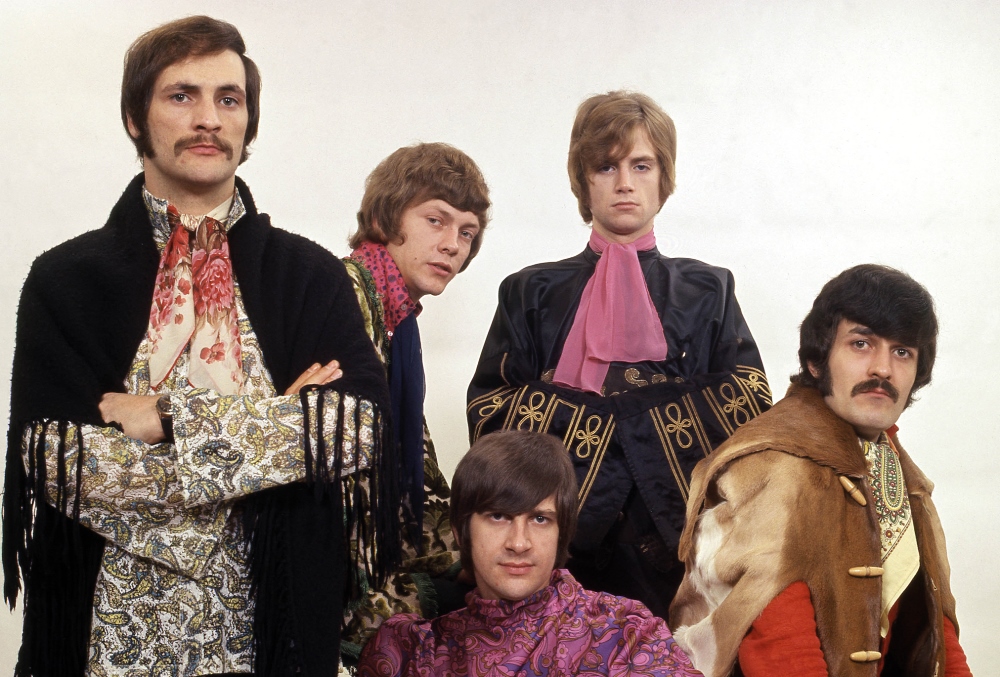The Other Side of Life Songs Ranked
The Other Side of Life is the twelfth studio album by English progressive rock band the Moody Blues, released in 1986 by Polydor Records. This was the first Moody Blues album since 1978’s Octave, and only the second since 1969’s On the Threshold of a Dream, not to be released by the Moodies’ custom label, Threshold Records. Beginning with this album, and continuing through 1999’s Strange Times, albums would be branded “in association with Threshold Records”. The Other Side of Life was the third recording with Swiss keyboardist Patrick Moraz and the first for flutist and vocalist Ray Thomas not to play a major role. The main songwriters were vocalist/guitarist Justin Hayward and bassist John Lodge, with only one song, “The Spirit”, composed by Moraz (his only songwriting credit with the band) and drummer Graeme Edge. The music on the album is characterized by the heavy use of synthesizers, sequencers and drum machines, to the point that it could be classified as synth-pop, a sharp change in style for a band that had stood at the origins of symphonic rock. Here are all of The Other Side of Life songs ranked.
Don’t miss out on the music of The Moody Blues! Click and enjoy the songs that lift your mood!
9. Running Out of Love
“There’s definitely drum machine on this, probably a sequencer, and maybe electronic drums. Sometimes Graeme Edge either isn’t playing, or is way down in the mix. On the other hand, it’s nice to have a great keyboard player like Patrick Moraz, bringing his resume of high-quality playing.”
8. I Just Don’t Care
“My only complaint about this release would have to be the piffly lyrics on “I Just Don’t Care”, probably the only bad song on here. Also, I don’t care for the studio version of “The Other Side Of Life” nearly so much as for the Red Rocks rendition and other live versions I’ve heard. “

7. It May Be a Fire
“Personally, I think this album is an excellent rock “starter album.” It’s innocent, and not corrupting, and for a listener of the right age, it rocks like nothing else. The best example is without a doubt the ending piece “It May Be A Fire”, one of John Lodge’s finest contemporary tunes.”
See more: The Moody Blues Albums Ranked
6. Rock ‘n’ Roll Over You
“Rock ‘n’ Roll over you ! ! ! This song is so freaking awesome. Outshines EVERYTHING else on this album. It hooks so hard and then any Cobra Kai or Karate Kid fan will gush in this high quality gem.”

5. Slings and Arrows
“This Moody Blues album makes heavy use of the synthesizer sounds and vocal accompaniment potentials. This might sound negative, but the songwriting is still strong and tight in many facets. Music and words; that’s what The Moody Blues do best.”
4. Talkin’ Talkin’
“The flow of life is what comes out of the entire listening experience – it ebbs and flows, and finally “flowers,” in John Lodge’s balled-like ‘It May Be a Fire.” The playing out of themes is really something on a Moody Blues’ album; if you’ve never experienced it before, I’d encourage you to do so.”
See more: The Moody Blues Songs Ranked
3. The Spirit
“I really enjoy the song written by Edge and Moraz called “The Spirit,” which is sort of like an anthem, which plays out to interesting instrumentals sort of like “The Serenity Prayer” in rock-music.”
2. Your Wildest Dreams
“The Moody Blues continued to soldier on with this album, finding a hit with Justin Hayward’s smooth, silky “Your Wildest Dreams”, and, with the dominant keyboard work from Patrick Moraz (as well as drum machine touches), they fit into the mid-eighties pop scene comfortably.”

1. The Other Side of Life
“The title song is a bit darker, though like all Moody Blues songs, it’s about as edgy as a rubber butter knife. It’s catchy enough, but at nearly seven minutes, it’s way too long. The moody blues has remained a band that definitely plays its own tunes and marches to its own beat.”

